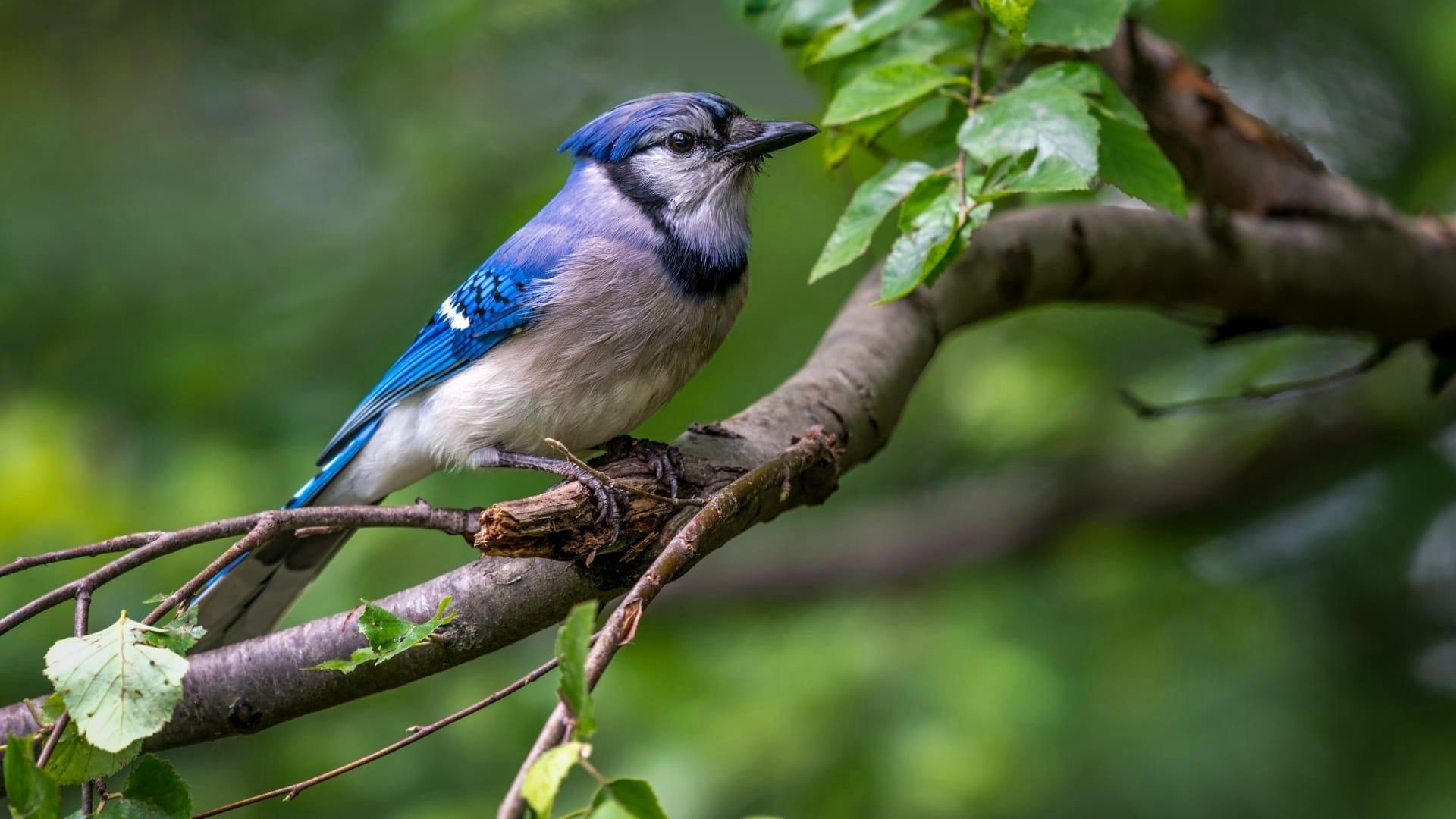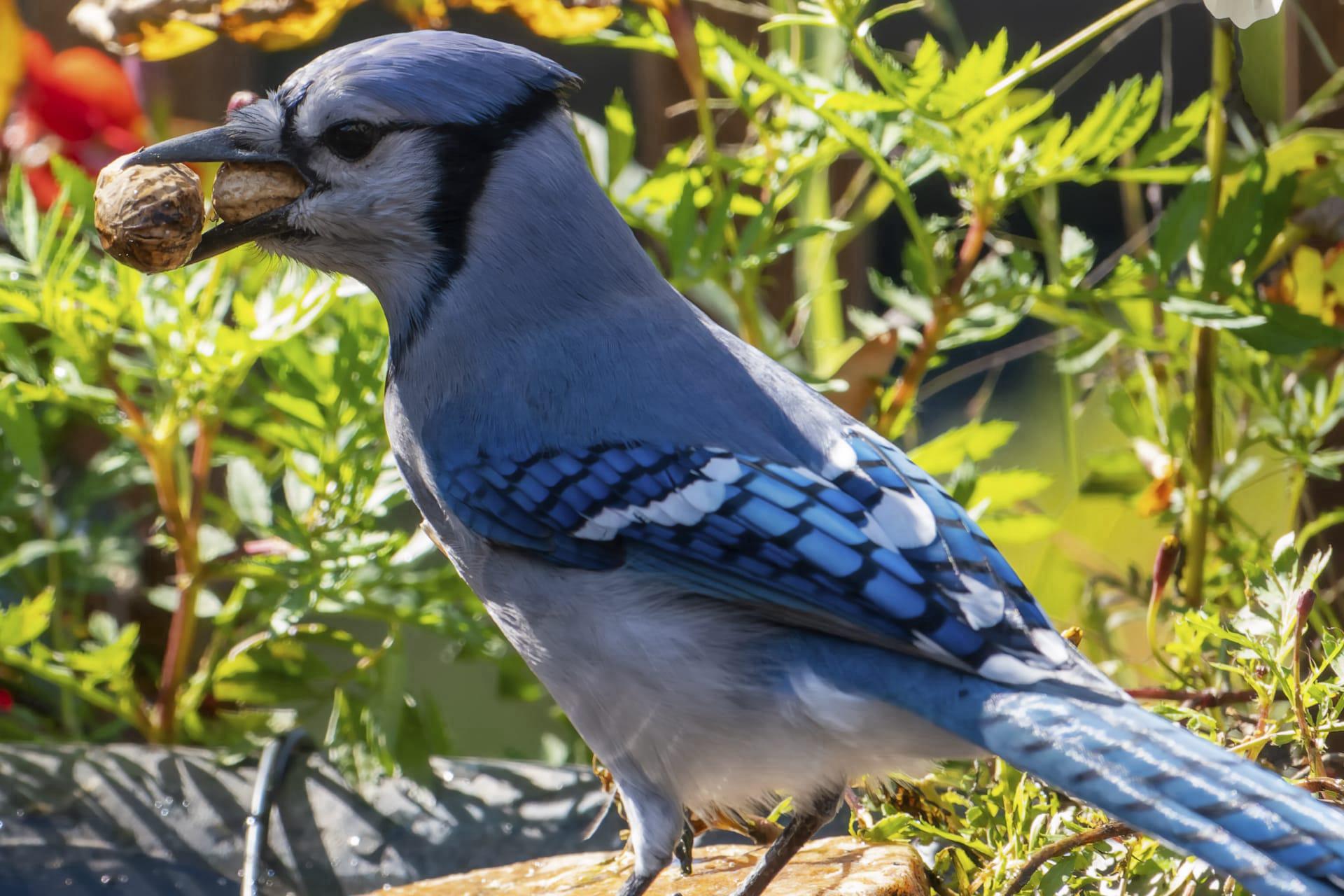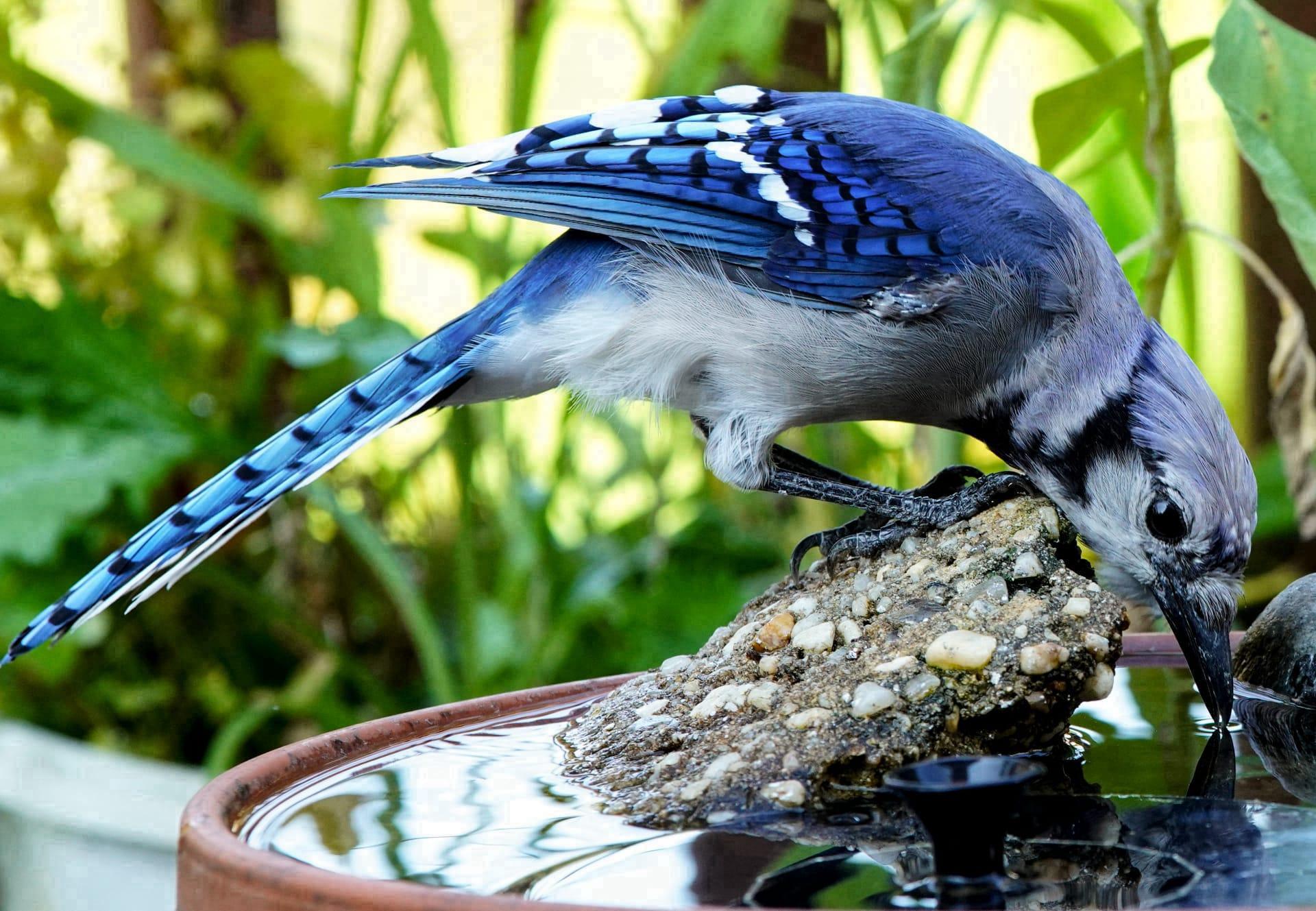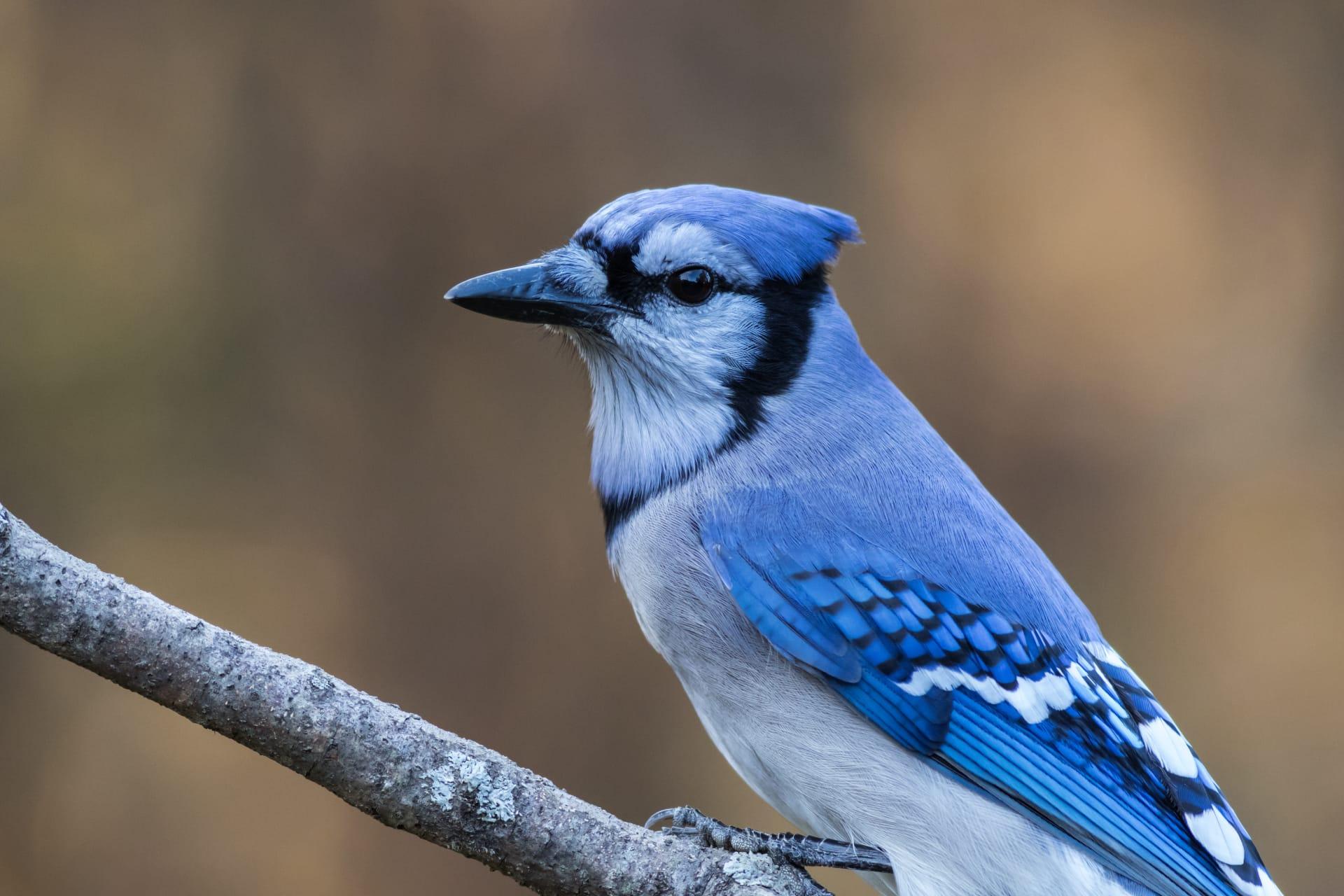1
Jays are known for their remarkable intelligence, particularly in their use of tools. A fascinating example is the Eurasian Jay, which uses twigs and other objects to extract insects from hard-to-reach places. This behavior demonstrates a level of problem-solving ability often associated with larger-brained animals. Their brain-to-body size ratio is one of the highest among birds, comparable to that of great apes and cetaceans, a testament to their cognitive abilities.
Another intriguing aspect of jays is their complex social behavior. Blue Jays, native to North America, are famous for their tight-knit family structures and cooperative behavior. During nesting season, both parents work together to build the nest, with the male gathering most of the materials while the female assembles them. These nests are often built high in trees, averaging about 10 to 25 feet off the ground, and are intricately constructed with twigs, grass, and sometimes even mud.

2
Jays have a remarkable ability to mimic the calls of other birds and even some mechanical noises. This skill is not just for communication or deception; it's also a survival tactic. For instance, some species can imitate the call of a hawk, which can be used to scare off other birds, thus reducing competition for food. This ability to mimic sounds is so refined that sometimes even other birds can be fooled.
Their diet is surprisingly diverse. In addition to seeds and nuts, which they are famously known for storing for the winter, jays also eat insects, eggs, and small vertebrates. The Western Scrub-Jay has been observed to store over 5,000 acorns in a season, and they have an incredible memory for where they hide each one, showcasing their high cognitive abilities. They even engage in a practice known as “deceptive caching,” where they pretend to hide food to throw off potential thieves.

3
Jays play a crucial role in forest ecology, particularly in seed dispersal. Their habit of storing nuts and seeds helps in the propagation of several tree species. For example, the acorns cached by jays are often forgotten, leading to the growth of new oak trees. This symbiotic relationship is vital for the maintenance of certain forest ecosystems, where jays are effectively planting the future generations of trees.
Coloration in jays is another interesting aspect. Unlike many birds, their vibrant blue feathers are not the result of pigments but are due to light interference caused by the internal structure of the feathers. This phenomenon, known as structural coloration, creates the illusion of a bright blue hue that is especially noticeable when the bird is in flight or under direct sunlight. The intensity of the color can also indicate the health or age of the bird.

4
Jays have been observed participating in what appears to be mourning rituals. When a jay dies, others often gather around the deceased, creating a commotion with loud calls. Researchers believe this behavior might serve as a warning to other jays about potential dangers in the area. It also indicates a level of social complexity and possibly a form of grieving among these birds.
Their nesting habits are quite fascinating. Jays often use a wide range of materials to construct their nests, including twigs, grass, and even human-made items like paper or string. The structure of their nests is often dome-shaped, providing protection against predators. Additionally, some jay species have been observed to build fake nests as a decoy to distract predators from their real nest, showcasing their cleverness and adaptability.

5
Jays are known for their seasonal migrations, but not all species follow the same patterns. For instance, the Blue Jay in North America may migrate in large flocks along the Great Lakes and Atlantic coast, but some individuals choose to stay in their breeding areas year-round. This partial migration behavior is unique and not fully understood, but it's believed to be related to food availability and weather conditions.
Finally, jays are notorious for their loud and varied calls. Each species has a range of calls used for different purposes - from warning signals to courtship. The Steller's Jay, found in western North America, is known for its loud, raspy calls and is capable of producing a variety of sounds, including imitations of hawks and other birds. These vocalizations are not only a means of communication but also a way to establish and defend their territory.